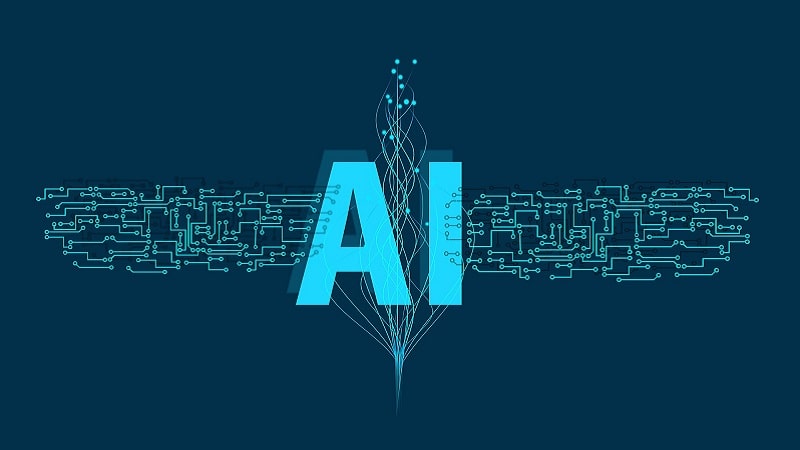
U.S. Air Force (USAF) Chief Data and Artificial Intelligence (AI) Officer Brig. Gen. John Olson is sounding the call for the defense and intelligence sectors to begin using data and AI as strategic assets in shaping the future battlespace, with a goal for the Air Force to be “AI-competitive” by 2027.
In this future battle space “data is not the new oil, it is the new plutonium, and it needs to be enriched and refined,” Olson said during his keynote speech at a virtual event organized by George Mason University and AFCEA on June 8.
Data, he explained, is one of the USAF’s major priorities for 2022. The service branch plans to operationalize all enterprise data for increased business efficiency, mission capability, and war-fighting capacity. With that mission in mind, the Air Force had laid out four goals:
- Fully optimize, leverage, and integrate the Department of the Air Force (DAF) Data Fabric;
- Ensure all DAF data has VAULTIS attributes;
- Train, develop, and retain a data-savvy workforce; and
- Create a data-centric culture of innovation and action.
Ultimately, the USAF wants to move data in contested environments and across multiple domains to joint services, allies, and partners at the speed of relevance. But to get there, Olson explained, the USAF will need to leverage predictive analytics, machine learning, and AI.
“We want to move from [AI] experimentation to real military capability in the hands of operational warfighters … accelerating the speed of decision making,” Olson said.
The USAF’s overarching AI vision is to enable world-class AI-powered air, space, and cyberspace solutions for national security, and to lead advancements and operationalization of data and AI to empower and enlighten Airmen and Guardians for information advantage.
“We want to be AI-competitive by 2027, but to get there that means we must lead, breed, feed, heed, and do the deed at the speed of need,” Olson said.
Currently, the USAF has several AI projects underway, including space domain awareness, fast AI in data centers and edge computing, AI-assisted optimization of training schedules, and conversation AI.
Olson highlighted that in addition to data and AI, the workforce is the service branch’s greatest asset, and therefore it’s crucial to ensure that the workforce is well-trained and equipped to leverage AI.
“Our people are our greatest asset,” Olson said. “All elements of digital transformation whether it be big data, analytics, AI, and machine learning depends not only on having secure high-quality data but also on a well-trained data-savvy workforce.”
